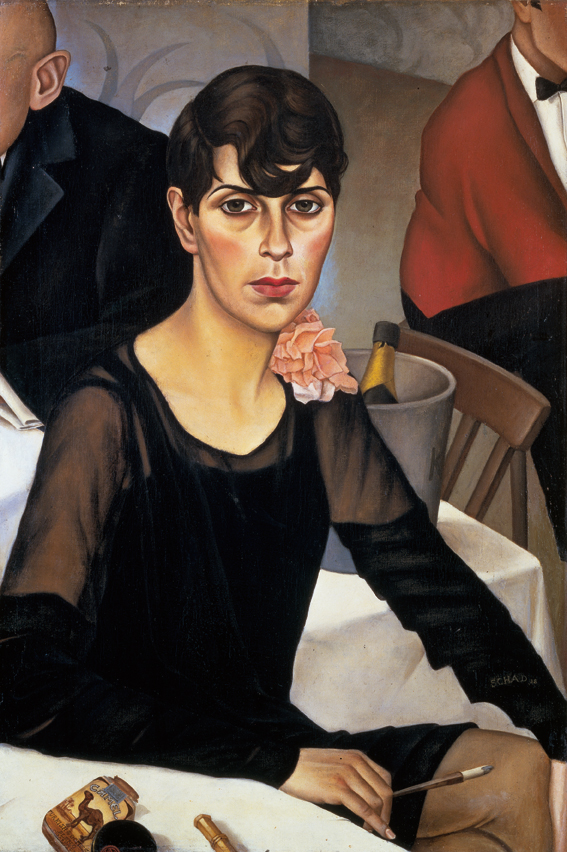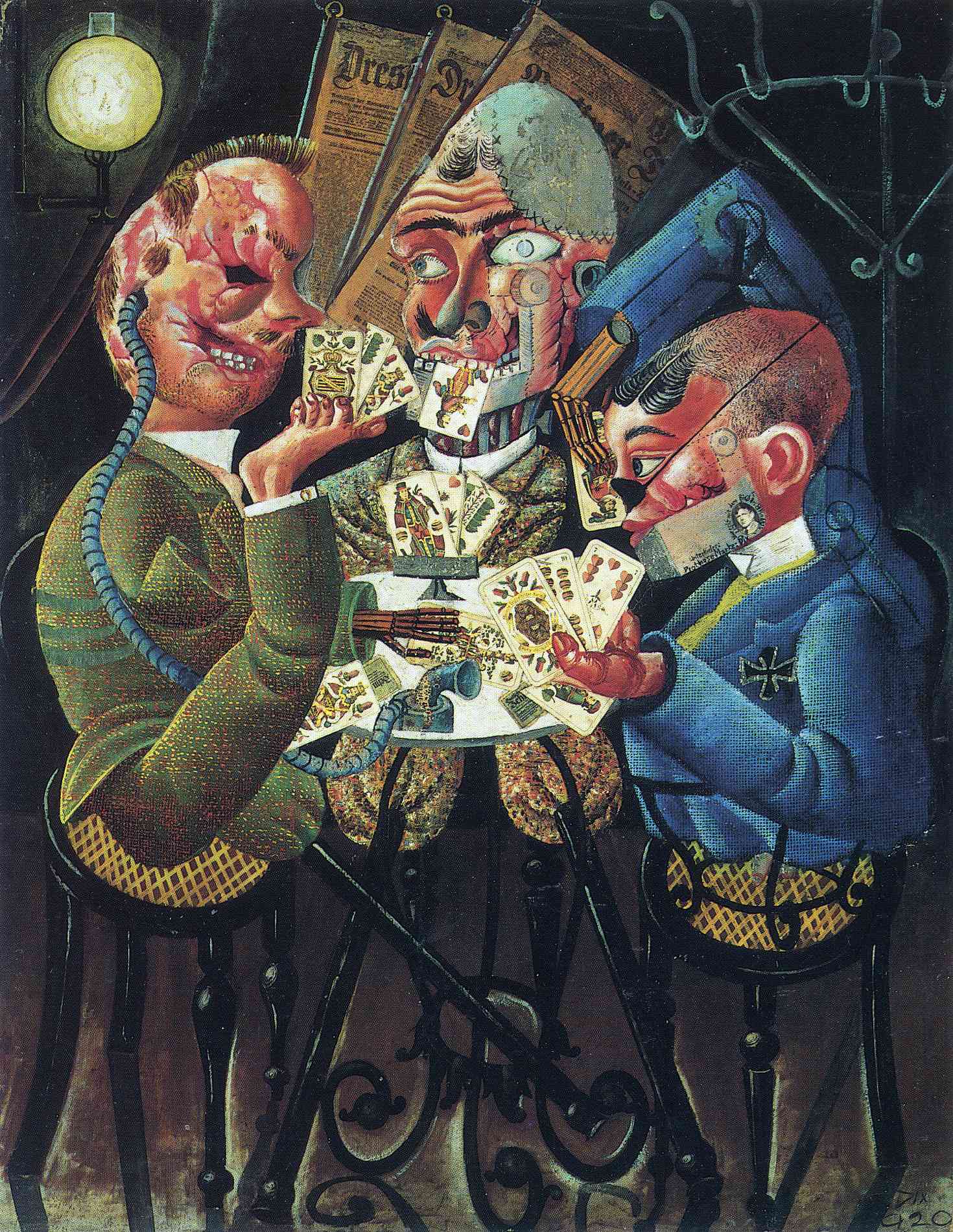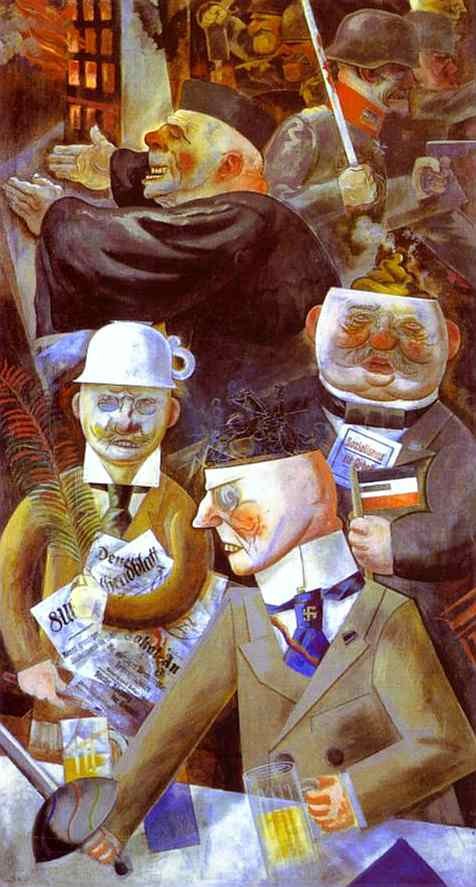Anchoring the second
half of the Israel Museum’s 50th anniversary year, Twilight over Berlin: Masterworks from the
Nationalgalerie, 1905-1945 brings together seminal examples of works by
German artists, whose avant-garde creativity was foundational to Israel’s
modernist visual vocabulary in a range of creative disciplines.
On view October 20, 2015–March 26, 2016, the exhibition features works by masters of the German Expressionist movement, among them Ernst Ludwig Kirchner, Emil Nolde, and Karl Schmidt-Rottluff, together with such Weimar period innovators as Max Beckmann, Otto Dix, George Grosz, Wassily Kandinsky, and Paul Klee.
On view October 20, 2015–March 26, 2016, the exhibition features works by masters of the German Expressionist movement, among them Ernst Ludwig Kirchner, Emil Nolde, and Karl Schmidt-Rottluff, together with such Weimar period innovators as Max Beckmann, Otto Dix, George Grosz, Wassily Kandinsky, and Paul Klee.
Twilight over Berlin continues the Israel Museum’s celebratory
collaborations with sister institutions worldwide throughout its 50th
anniversary year and marks its special partnership with the Neue
Nationalgalerie in Berlin, also honoring 50 years of diplomatic relations
between Israel and Germany.
Featuring artworks created between 1905 and 1945, Twilight over Berlin examines the flourishing of the visual arts from pre-World War I years, and through its struggle against oppression and persecution through Hitler’s ascent to power and World War II.
Among the exhibition’s highlights are:
- Ernst Ludwig Kirchner’s Potsdam Square (1914), one of a series of paintings by the artist that focused on street life in the modern metropolis of Berlin. Depicting two prostitutes with mask-like faces, the work reflects the influence of “primitive art” on this seminal German Expressionist.
Ernst Ludwig Kirchner, Potsdam Square, Acquired 1999 with support from the Kulturstiftung der Länder (Cultural Foundation of the Federal States), the Federal Government, the Ernst von Siemens Kunststiftung, the Deutsche Bank Cultural Foundation et al.
- Otto Dix’s The Skat Players (1920), an anti-militarist collage marking the artist’s transition from Dada to the socially critical New Realism, depicting three hideously disfigured officers in a café playing skat, a popular three-handed German card game.
- Among the paintings included in the historic 1937 Degenerate Art exhibition in Munich, Emil Nolde’s Christ and the Sinner (1926), illustrates a scene from the Gospel of Saint Luke in a dramatically compressed pictorial frame in which the Pharisees condemn the prostitute Mary Magdalene as Jesus Christ embraces her.
- George Grosz’s Pillars of Society (1926), a denunciation of German society and the Weimar Republic through four allegorical figures: the ear-less legal expert with a swastika on his tie and fencing weapon; a journalist with a chamber pot hat carrying a hypocritical palm frond; a politician whose brain is filled with steaming excrement; and a red-faced military chaplain in robes.

- Christian Schad’s Sonja (1928), an iconic portrait of an androgynous office worker, dressed in fashionable clothes and smoking a Camel cigarette, alluding to the notion of the new independent woman.
Exhibition Organization
Twilight over
Berlin: Masterworks from the Nationalgalerie, 1905-1945 is co-curated by Dr. Adina Kamien-Kazhdan, David
Rockefeller Curator, The Stella Fischbach Department of Modern Art at the
Israel Museum, and Dr. Dieter Scholz, Curator, Neue Nationalgalerie, Berlin.



